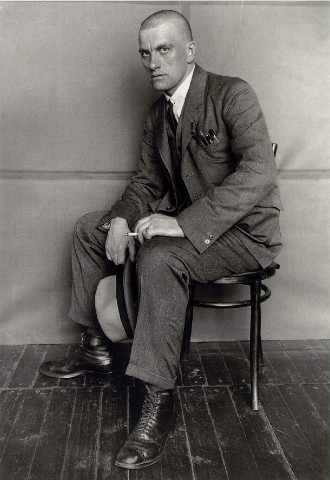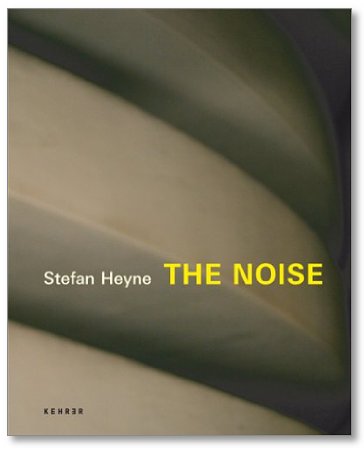I have just written a piece on Michael Wolf's Paris Street View for edition 22, Peeping, of the excellent Foam Magazine run by the Amsterdam museum of the same name. The museum got as excited as I did about this new series and decided to go the extra mile by putting up an outdoor installation of 24 XXL prints from Paris Street View in Amsterdam's Zuidas area (on the street where Google has its Dutch office) which is in the process of being redeveloped. I made the trip up for the launch and to find out a bit more about the Amsterdam photo scene.
The Paris Street View installation is very impressive (which this terrible installation view taken with my phone camera does not do justice to at all) and the work takes on an added dimension when displayed in amongst the city, rather than just on the neutral white walls of a gallery or museum. Wolf likened it to a "monument to privacy lost" and these massive figures dotted around this modern urban landscape also create an interesting warped sense of scale, making the buildings in the background look like scale models. It will be interesting to see how people in the area react to the works over time and whether the work can provoke some further debate over these issues. (Update: Michael Wolf just kindly sent me some proper installation views so I have uploaded one of these instead).
I also swung by Foam itself. For a museum that only opened in December 2001 in a small European country, Foam cuts an impressive figure on the European photo scene. The venue is not huge, but they use the space intelligently and a look at their programme schedule shows their ability to combine crowd-pleasing fare with 'important' exhibitions.
The current programme is a great illustration of this as the ground floor is occupied by Amsterdam-born photographer and filmmaker, Ari Marcopoulos who has photographed street culture for several years on both US coasts. Although much of the photography in this exhibition left me cold, I was more interested in Marcopoulos's large-scale xerox prints which reveal the influence of Andy Warhol, for whom he was a darkroom printer. But the highlight of It might seem familiar has to be a 10-minute video of Marcopoulos and an accomplice skating down a very steep road in California wearing matching pastel blue suits. This is far more exhilarating and revealing of the culture that Marcopoulos has spent 30 years documenting.
The upper floor is devoted to an exhibition of vintage work by the Russian avant-garde artist, Alexander Rodchenko, which was first held at London's Hayward Gallery in 2008. This is a very complete look at the photographer's extraordinarily inventive and experimental career, from his early use of photography in graphic design in the 1920s to his later work on human movement. Every section of this show contains masterpieces, whether it be the early magazine covers, photograms or photomontages, the portraits or the later work on movement. The prints are all vintage and with a significant number coming from private collections this is a pretty unique opportunity to see this many quality Rodchenko's in one place.
Between Paris Street View, the Rodchenko exhibit and the city of Amsterdam itself, there are more than enough reasons to make a visit.










